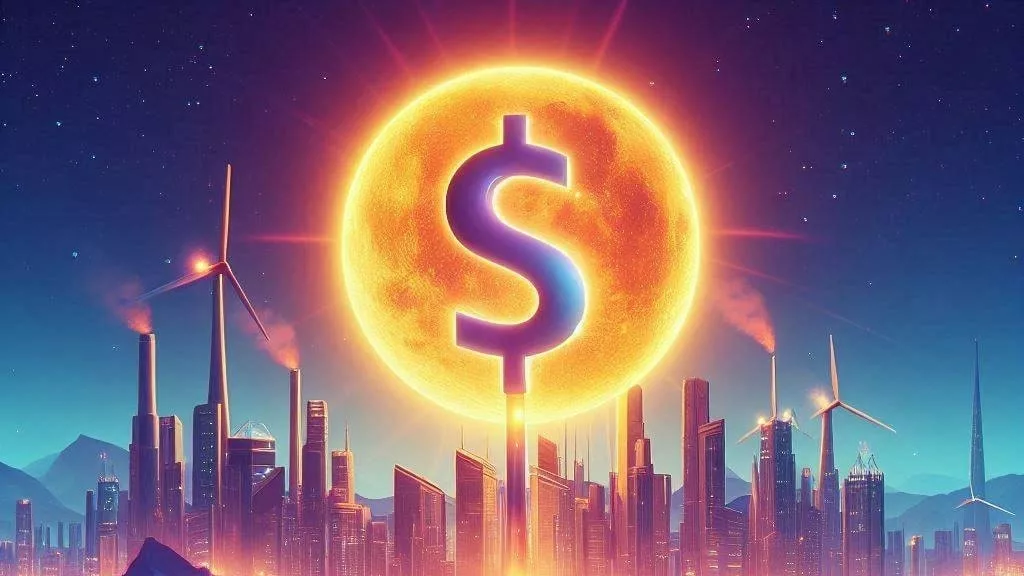
In a year filled with uncertainty in the cryptocurrency space, a notable trend has emerged: a continuous exodus from stablecoins that has now persisted for 18 consecutive months, resulting in a drop in stablecoin market dominance to 11.6%. This shift is significant and raises questions about the evolving dynamics within the cryptocurrency ecosystem.
According to a recent report from CCData, the total market capitalization of the stablecoin sector in July reached $124 billion, but it marked an 18-month decline that affected most major stablecoins. Notably, Pax Dollar (USDP), USD Coin (USDC), and Binance USD (BUSD) all witnessed declines in their valuations during this period. However, the largest stablecoin by market capitalization, Tether (USDT), continued to grow despite the overall trend.
Stablecoins, for those less familiar, are a specific class of cryptocurrencies designed to maintain price stability through various mechanisms. While most leading stablecoins are typically backed by fiat currencies, some are supported by cryptocurrencies, commodities, or rely on algorithmic methods to maintain their stability.
The precise reasons behind this ongoing exodus are complex and multifaceted. Several factors have contributed to this phenomenon:
These factors suggest that investors are still seeking the safety and stability offered by stablecoins, which could be linked to their use as safe havens. However, the exodus might be related to investors reallocating their funds into traditional assets or taking advantage of rising yields in fixed-income securities.
For instance, the yield on 10-year U.S. Treasuries has seen a significant increase as the Federal Reserve raised interest rates to combat inflation. In contrast to a yield below 0.4% in 2020, it has surged to 4.25% recently. Investors are drawn to Treasury bills due to their perceived greater certainty, even in the face of significant government debt.
Kadan Stadelmann, the Chief Technology Officer of blockchain platform Komodo, emphasized that governments like the U.S. are still considered stable despite their debt challenges. Stablecoins, on the other hand, are perceived as riskier, given the relative lack of regulation in the crypto market and the absence of fully guaranteed returns. As a result, when interest rates are comparable, investors are more inclined to choose Treasury bills over stablecoins.
The decline in the market capitalization of stablecoins holds potential implications for the broader cryptocurrency market. Stablecoins serve as a medium of exchange and a store of value in crypto transactions. A decrease in demand for stablecoins could reduce liquidity and efficiency in the overall crypto market.
While the total market capitalization of stablecoins has been declining for 16 consecutive months, trading volumes have shown resilience, indicating increased demand. Several notable developments in the stablecoin sector have contributed to this:
Thomas Perfumo, the Head of Strategy at cryptocurrency exchange Kraken, noted that stablecoin market capitalization closely aligns with market demand. This dynamic underscores the evolving nature of the cryptocurrency space and the role stablecoins play within it.
In summary, the stablecoin exodus in the cryptocurrency market is a complex trend influenced by regulatory challenges, shifts in stablecoin popularity, and investors’ pursuit of stability amid economic uncertainty. While stablecoin trading volumes remain robust, the decline in market capitalization could impact the broader crypto landscape, emphasizing the need for a deeper understanding of these dynamics in the ever-evolving crypto world.




Get the latest Crypto & Blockchain News in your inbox.